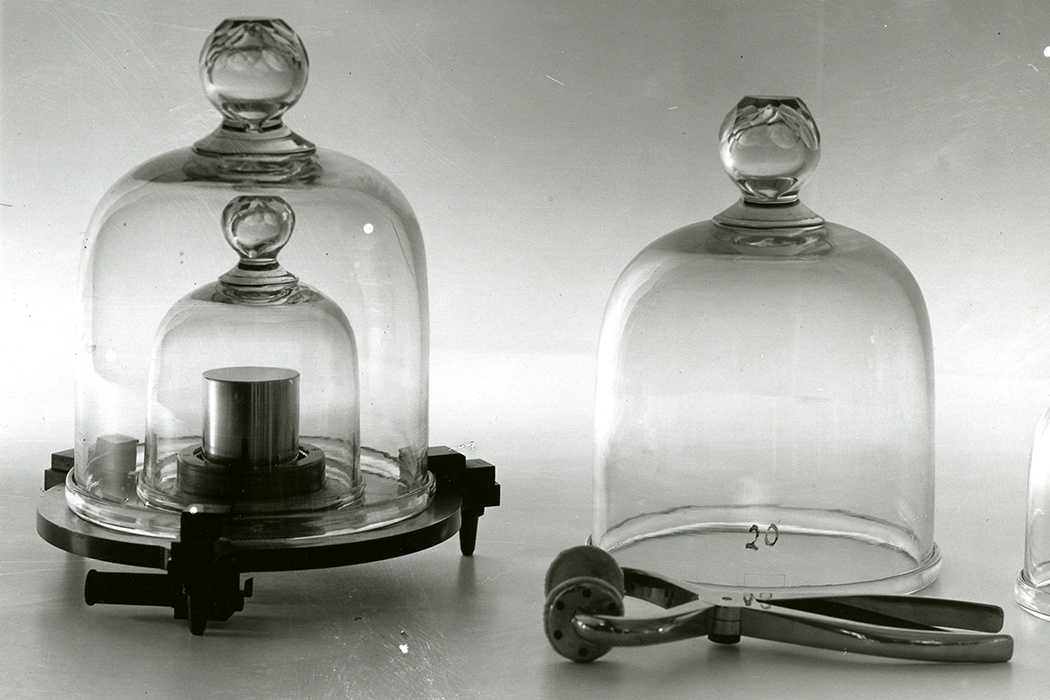Assessment framework for the higher education accreditation system of the Netherlands
Intended learning outcomes
Standard 1: The intended learning outcomes tie in with the level and orientation of the programme; they are geared to the expectations of the professional field, the discipline, and international requirements.
The intended learning outcomes demonstrably describe the level of the programme (Associate Degree, Bachelor’s, or Master’s) as defined in the Dutch Qualifications Framework, as well as its orientation (professional or academic). In addition, they tie in with the regional, national or international perspective of the requirements currently set by the professional field and the discipline with regard to the contents of the programme. Insofar as is applicable, the intended learning outcomes are in accordance with relevant legislation and regulations. The points of departure for the set-up of the programme chime with the educational philosophy and the profile of the institution. The intended learning outcomes are periodically evaluated.
Curriculum; orientation
Standard 2: The curriculum enables the students to master appropriate (professional or academic) research and professional skills.
The curriculum ties in with current (international) developments, requirements and expectations in the professional field and the discipline. Academic skills and/or research skills and/or professional competencies are substantiated in a manner befitting the orientation and level of the programme.
Curriculum; content
Standard 3: The contents of the curriculum enable students to achieve the intended learning outcomes.
The learning outcomes have been adequately translated into educational objectives of (components of) the curriculum.
Curriculum; learning environment
Standard 4: The structure of the curriculum encourages study and enables students to achieve the intended learning outcomes.
The curriculum is designed in a manner conducive to the achievement of the intended learning outcomes. The teaching-learning environment encourages students to play an active role in the design of their own learning process (student-centred approach). The design of the learning environment chimes with the educational philosophy of the institution. If the programme is taught in a language other than Dutch, the programme must justify its choice. This also applies if the programme bears a foreign language name.
Intake
Standard 5: The curriculum ties in with the qualifications of the incoming students.
The admission requirements in place are realistic with a view to the intended learning outcomes.
Staff
Standard 6: The staff team is qualified for the realisation of the curriculum in terms of content and educational expertise. The team size is sufficient.
The teachers have sufficient expertise in terms of both subject matter and teaching methods to teach the programme. The teachers have a sufficient command of the language in which they are teaching. The staff policy is conducive in this respect. Sufficient staff is available to teach the programme and tutor the students.
Facilities
Standard 7: The accommodation and material facilities (infrastructure) are sufficient for the realisation of the curriculum.
The accommodation of the programme and the facilities are in keeping with the intended learning outcomes and the teaching-learning environment.
Tutoring
Standard 8: The tutoring of and provision of information to students are conducive to study progress and tie in with the needs of students.
Students receive appropriate tutoring (including students with a functional impairment). The information provision of the programme is adequate.
Quality assurance
Standard 9: The programme has an explicit and widely supported quality assurance system in place. It promotes the quality culture and has a focus on development.
The programme organises effective periodic feedback that supports the achievement of the intended learning outcomes. Existing programmes implement appropriate improvements based on the results of the previous assessment. They initiate appropriate evaluation and measurement activities to that end. The outcomes of this evaluation demonstrably constitute the basis for development and improvement. Within the institution, those responsible are held to account regarding the extent to which the programme contributes to the attainment of the institution’s strategic goals. Quality assurance ensures the achievement of the intended learning results. The programme committee, examination board, staff, students, alumni and the relevant professional field are actively involved in the programme’s internal quality assurance. The programme’s design processes, its recognition, and its quality assurance are in keeping with the European Standards and Guidelines. The programme publishes accurate, reliable information regarding its quality, which is easily accessible to the target groups.
Student assessment
Standard 10: The programme has an adequate student assessment system in place.
The student assessments are valid, reliable and sufficiently independent. The quality of interim and final examinations is sufficiently safeguarded and meets the statutory quality standards. The examining board exerts its legal authority. The tests support the students’ own learning processes.
Achieved learning outcomes
Standard 11: The programme demonstrates that the intended learning outcomes are achieved.
The achievement of the intended learning outcomes is demonstrated by the results of tests, the final projects, and the performance of graduates in actual practice or in post-graduate programmes.

